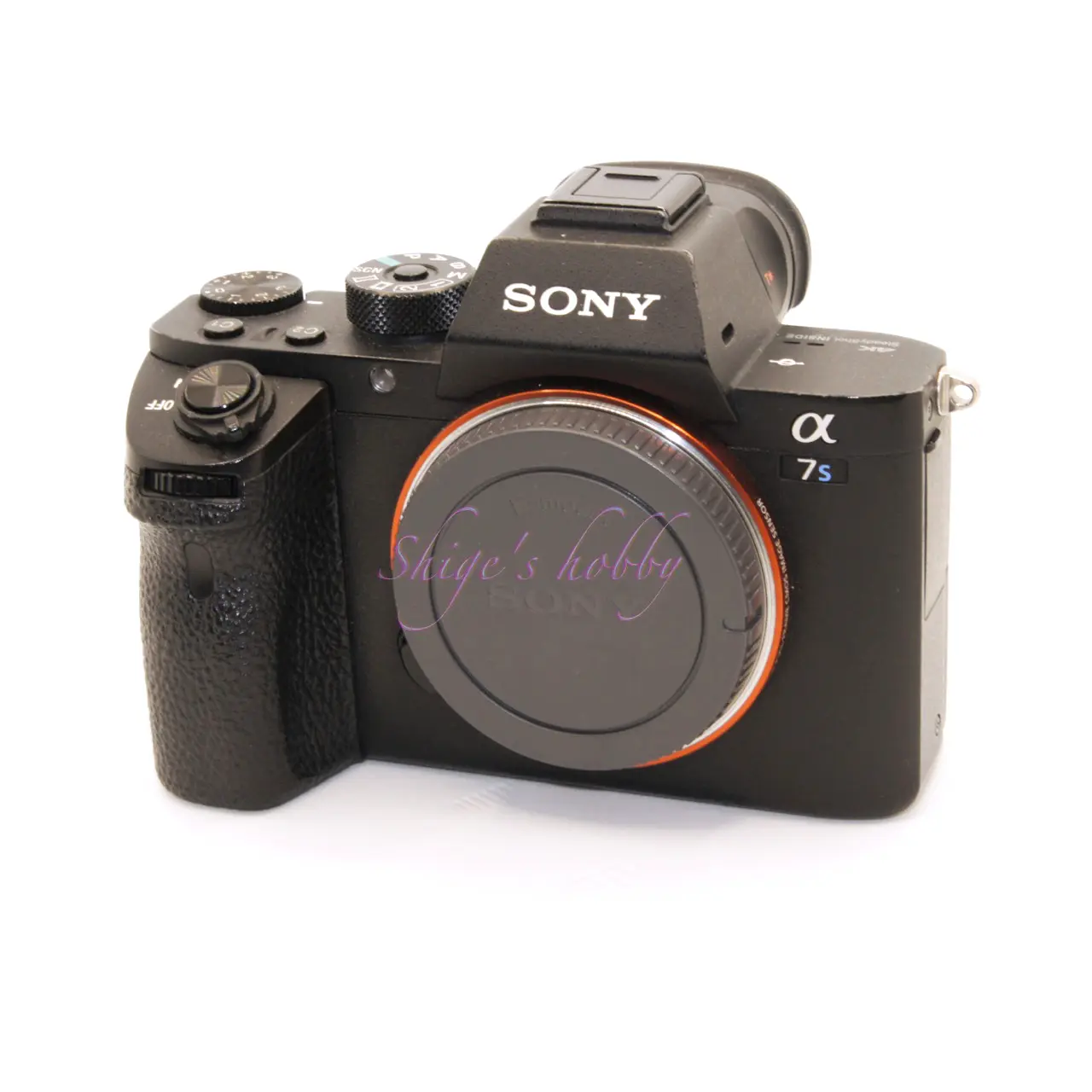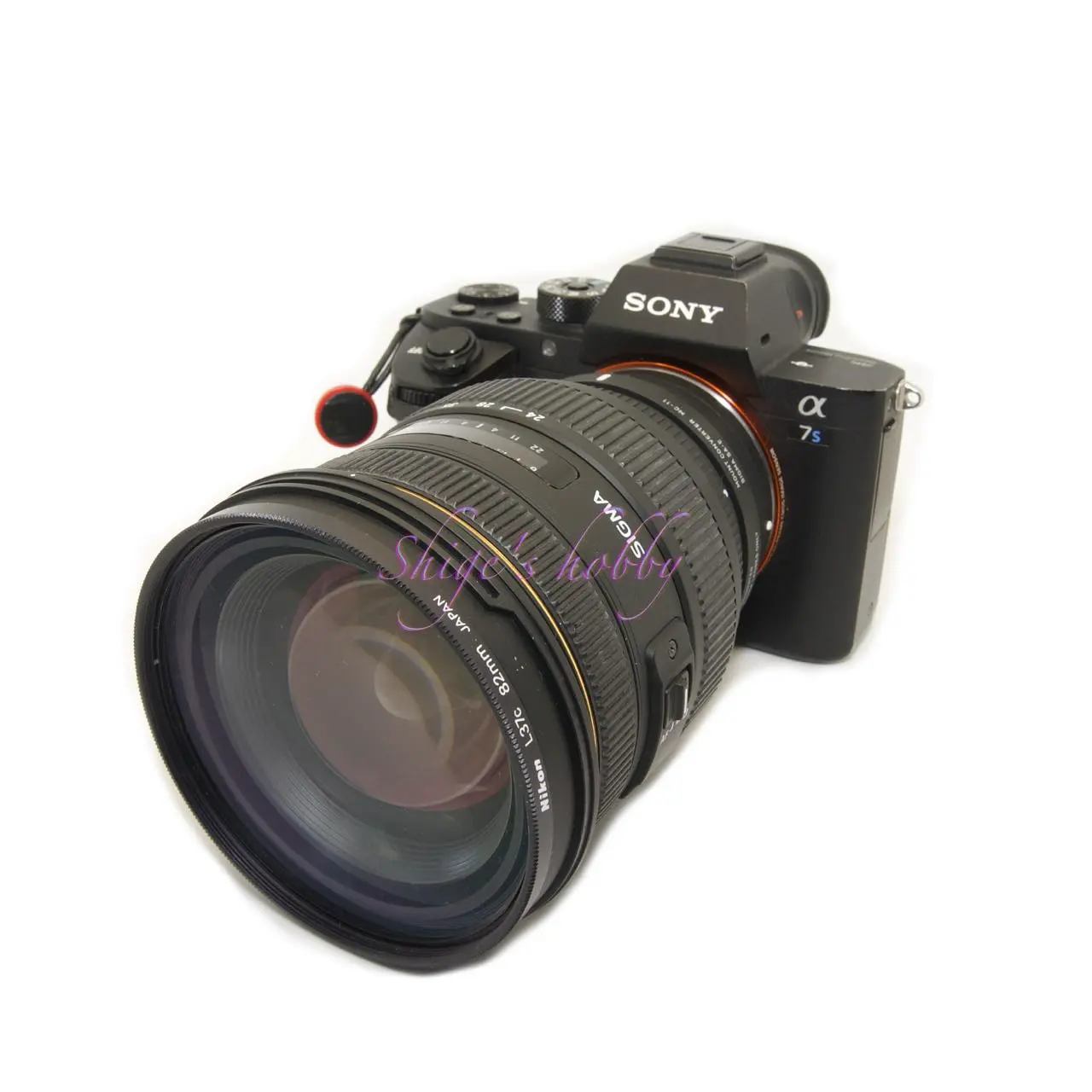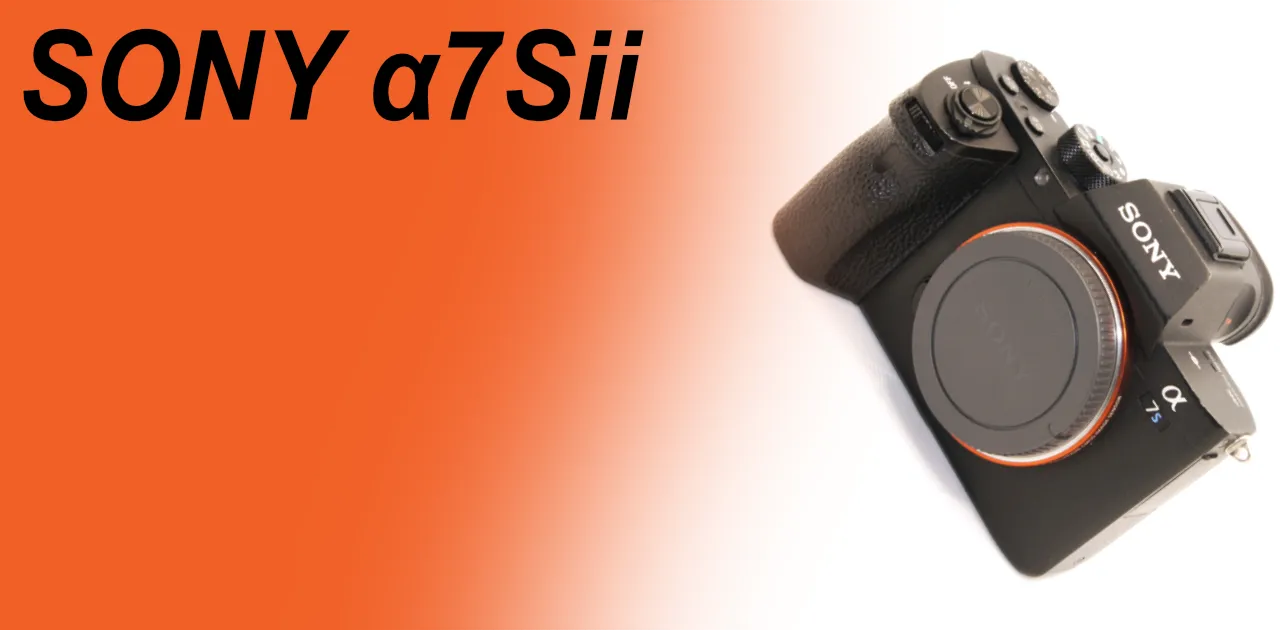A review and Photo Examples of the SONY α7SII Mirrorless Digital Camera.
- Please see the disclaimer regarding advertising here.
- Italicized links in the text are advertisement links that take you to other sites.
Table of contents

Gallery
The following lenses were used to take the example photos:
- APO MACRO ELMARIT 100
- CONTAX N VARIO SONNAR 24-85
- LEICA ELMARIT-R 35mm 1st
- SIGMA 24-70mm F2.8 IF EX DG HSM
- SONY FE 28mm F2 (SEL28F20) + Fisheye Converter SEL057FEC
- FUJIFILM TIARA 28mm M mount modified
- LEICA ELMARIT-R 15mm
- Voigtlander COLOR HELIAR 75mm
Review


1.Overview
The α7Sii, released in 2015, is a 4K video-capable digital camera equipped with a Sony 12-megapixel CMOS sensor.
Key specifications are listed below, with details on the specifications page.
- 35mm full-frame (full-frame) 12-megapixel sensor
- 2.36 million-dot electronic viewfinder
- Tilt-type, 3-inch, 1.23 million-dot rear LCD screen
- Contrast detection + focal plane phase detection autofocus
- Recording media: SD cards up to SDXC compatible, and a Memory Stick Duo/PRO compatible slot
- Battery: FW-NP50 (7.2V, 1020mAh, 7.3Wh)
2.Usage
The α7SII I bought second-hand is 9 years old as of 2024, but the second-hand price is about 100,000 yen, the shutter count is 34,000 times, and the LCD and exterior are quite worn, but there are no problems with operation at the moment and it is still usable. Considering the second-hand price, there is still a fair amount of residual value.
Personally, it’s been 10 years since I last used an α series digital camera, and the pixel count has dropped significantly to 12 million, which is about 1/10 of the pixel count of the Hasselblad X2D.
However, it’s refreshing to use the α7 series again after such a long time because it’s so small and light.
If you set the α7SII to Auto-ISO, the ISO sensitivity will increase vigorously in dark places. When the ISO 100,000 is displayed in the viewfinder, people who have lived with ISO 800 as the maximum can only laugh.
The menu settings allow you to set the ISO up to 400,000, but in reality, the ISO that seems acceptable for photography is about 15,000.
When I took a night shot, I noticed some stray light with strange color separation, which I’m not sure if it was due to the sensor or the lens. It seems like it could be suppressed by improving the firmware, but Sony has a reputation for being cold towards older models. In the case of this camera, I’ve updated the firmware to version 3, but this symptom doesn’t seem to have been improved.
However, I understand that I have no right to complain because I don’t use genuine Sony lenses with this camera.
Like the α and NEX, which use the same battery, the battery life is not good, and after about 200 shots using a fully charged NP-FW50 in manual focus shooting, the battery is quite low. With a slightly worn battery, the battery runs out after about 100 shots, so it’s a camera that requires spare batteries.
3.Summary
In conclusion . to sum up the α7Sii is the second-generation camera in the α series, boasting high sensitivity. It’s equipped with image stabilization and focal plane phase detection autofocus, and pretty much implements the latest trends in mirrorless cameras. Another benefit is that 12-megapixel raw data is only about 25MB, which means less data storage space compared to higher-resolution cameras.
However, as we enter the 2020s and cameras other than the αS have also achieved practical high-sensitivity performance, the benefits of the αS series are becoming less clear to the average photographer, and there’s less point in dividing the camera line into three lines other than as a pricing strategy.
Specifications, considerations, etc.
In 2020, the α7SIII was released as the successor to the α7SII, but the list price was quite high at 450,000 yen.
As of 2024, the higher-pixel α7RII also has a similar used price, but I chose the 12-megapixel α7SII because I don’t see many cases of Leica R lenses being used, and I was planning to use older lenses, so I was worried that the 40-megapixel resolution of the α7RII would cause color casts in the peripheral areas and over-exaggerated image quality.
It’s great that I can continue to use the mount adapters I bought when I was using the α, such as α lenses, M42 lenses, Nikon-F lenses, Leica M lenses, Leica R lenses, and Leica VISO lenses.
I wanted to get a Canon EF mount adapter someday, so I bought a cheap VILTROX adapter and tried using it, but the AF was almost useless, so I’m using it for MF lenses.
| Model name | α7S | α7S-II | α7S-III |
| Camera Effective Pixels | 12.2-Megapixels | ← | ← |
| Sensor size | 35mm full size 35.6 x 23.8mm | ← | ← |
| Back LCD Size/Pixels | 3.0 inch 921,000 dots | 3.0 inch 1,230,000 dots | 3.0 inch 1,440,000 dots |
| EVF | Built-in 2.36 million dots | ← | Built-in 9.44 million dots |
| Maximum shutter speed | 1/8000 | ← | ← |
| Silent Shooting (electronic shutter) | ○ | ← | ← |
| Shake reducrtion | × | ○ | ← |
| Battery | NP-FW50 | ← | NP-FZ100 |
| Touch panel | × | ○ | ← |
| WIFI | ○ | ← | ← |
| NFC | ○ | ← | ← |
| AF | Contrast Image phase difference | ← | ← |
| Recorded media | MS-Pro SDXC | ← | ← |
| Release date | 2014.6 | 2015.9 | 2020.10 |
| Size (Grip to monitor) | 127 x 94 x 55 | 127 x 96 x 60 | 129 x 67 x 70 |
| Weight (Body only) | 446 | 584 | 614 |
| Color | Black | ← | ← |
Options
- HVL-F20M(Flash)
- HVL-F28RM(Flash)
- HVL-F46RM(Flash)
- LA Series Mount Adapter
- Accessory Kit
- Strap
- Cases
Reference links
Affiliate Link

Amazon Prime Sale
Update history
- 2025.8.23
- 202412.31
- 2024.02.28:Update
- 2023.11.30:First draft


Be First to Comment